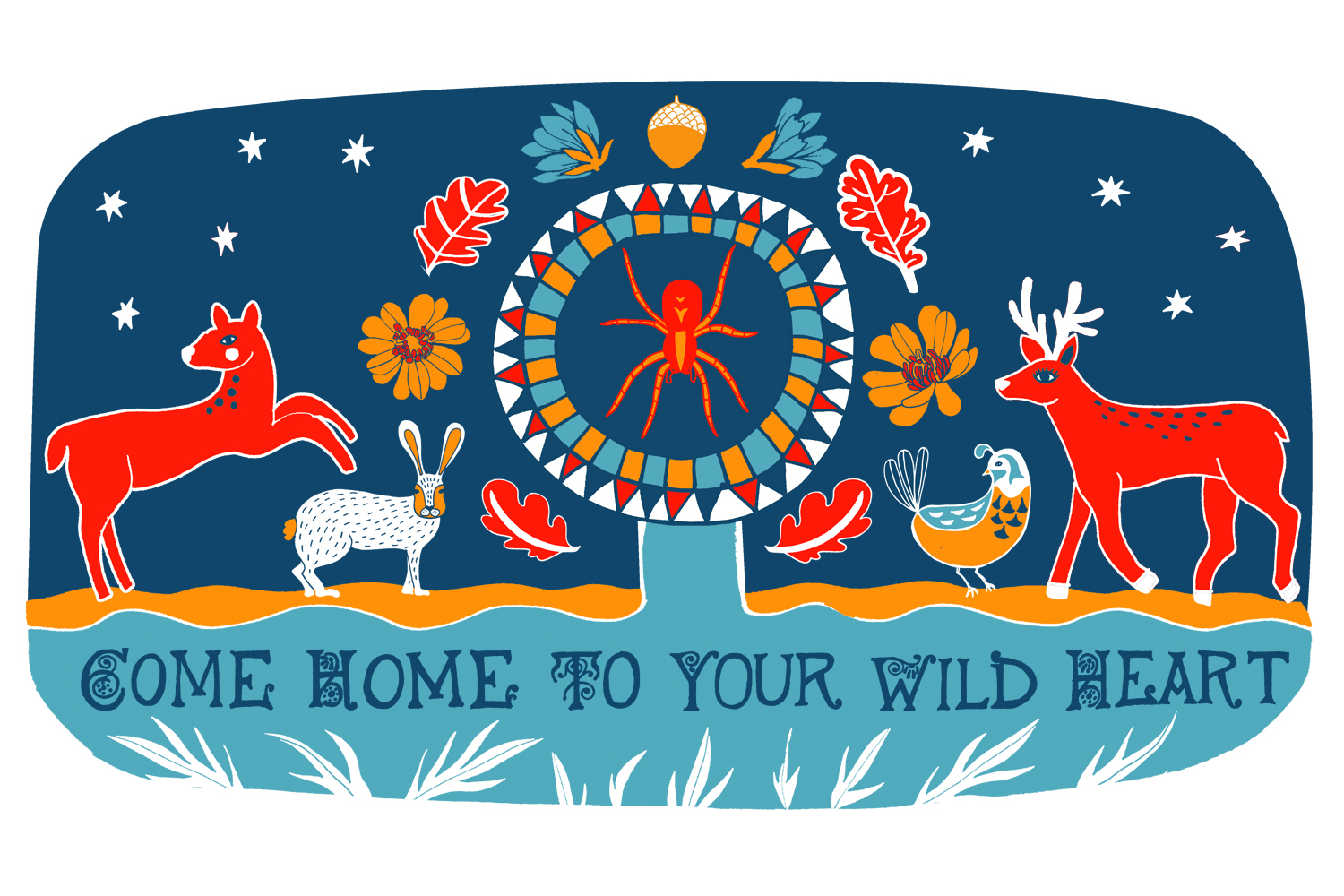The illuminated path
HOw does therapy work?
Through participation
Therapy is collaborative. As your therapist, I bring compassion, wisdom, training and tools to our work. As a client, you bring willingness to be a participant. This can be as energetic as requesting homework and experimenting with implementing what you learn into your everyday life. But what if part of what brings you to therapy is a sense of apathy or fatigue? Then participation can also mean simply showing up to our sessions with consistency.
Through relationship
A relationship between therapist and client is like no other. As your therapist, I am empathic and patient, and my job in relationship to you is to offer guidance, reflection and a safe container to explore places that may feel scary, vulnerable or painful. The relationship has a unique intimacy that is one sided - while I experience caring and interest, my agenda is entirely focused on being present to my client's process and experience. Through being unconditionally accepting and non-judgemental, the parts of the self that have felt unseen and unloved are able to emerge and begin to heal, without the usual dynamics of give and take that other relationships require. As trust in the therapeutic relationship builds, a client can explore the tough or sticky places that come up for them in contact with others, all without the fear of rejection, retaliation or judgement that may be present in other relationships.
Through cooperation
Many of us grow up being taught a distorted form of cooperation, where the term really means "share even if you don't want to, forget about your own needs". True, healthy cooperation means no longer fighting with the self. Instead of cramming ourselves into shapes we think we need to be, we explore who we really are instead. When habits, patterns and behaviors emerge that get us into hot water with ourselves or others, instead of putting ourselves in jail, we allow for what is happening with curiosity and friendliness. This doesn't mean condoning being destructive, but rather taking a fresh look at what it is like when these tendencies emerge. We may have defenses we don't like, but rather than tossing them in the trash, we find out why they are there, what job they have been given, and what part of us they are protecting. As this friendly attitude grows, so does empathy and our ability to accept...and finally release...those things we have been trying so hard to change.
Through restoration
This is where the magic happens. People who do permaculture or rehabilitate ecosystems by creating healthy waterways, planting native flora and working with nature, rather than against, know all about this. In therapy, as rejected parts of the self are brought back into the whole, as the heart opens through receiving and experiencing compassion and as the mind returns to health as new neural pathways are created, healing takes on a life of its own. In ecological restoration, this is when things really take off - plants reseed, migratory birds come back, animals not seen in decades build their homes and the landscape is palpably alive. The psyche, body and spirit also experience this renaissance. Struggle turns into flow, our inner critic finds itself in conversation with another voice that is supportive and caring, and we surprise ourselves by trying new things, having new faith and discovering relationship that is nourishing.
What therapy isn't
A magic pill
Your therapist is not a wizard, nor do they have a magic wand. We are used to the western model of medical care which asks that we abdicate responsibility for our well being in the expectation that pharmaceuticals and strong arm modalities will force our health into compliance. There are many instances in which this type of medicine saves lives. Also, sometimes what a client may need is psychopharmaceuticals to help stabilize their moods or give them a leg up out of depression. However, the path to wholeness and good mental health is rarely a short, or even direct, route. The simple act of talking to a wise and caring person can absolutely bring instant relief. But for long lasting change to really take root, the two most important aspects are dedication and time. For some things, like transitions, making decisions or working with grief, brief therapy can provide results in 3-6 months. For other things, like low self esteem, depression or anxiety, consistent longer term therapy, in conjunction with other types of self care (such as exercise, healthy diet or a daily meditation practice) is what creates real, permanent change.
Advice giving
This another aspect of not abdicating your responsibility. Good advice is something we can get from family, friends, and partners. But advice is also very connected to opinion, and the primary opinion I am interested in, is your own. My job is to help you find your own truth and wisdom, and I have every faith that it resides in YOU. You know what is best for you, and I can help you figure that out.
Easy
There will be sessions full of laughter, "A-ha!" moments, and great advances in emotional and intellectual understanding. There will also be many sessions of fully feeling pain for the first time, sitting with being uncomfortable and even sessions where you leave without completely shifting out of the funky headspace you were in when you arrived. Growth in therapy is an arc, that shows up over the course of time, but not necessarily in individual sessions. I am also committed to my clients receiving therapy that is good for them, and if things really aren't working, we talk about it, re-formulate goals, try different approaches, and sometimes (but rarely) find you a different therapist.

